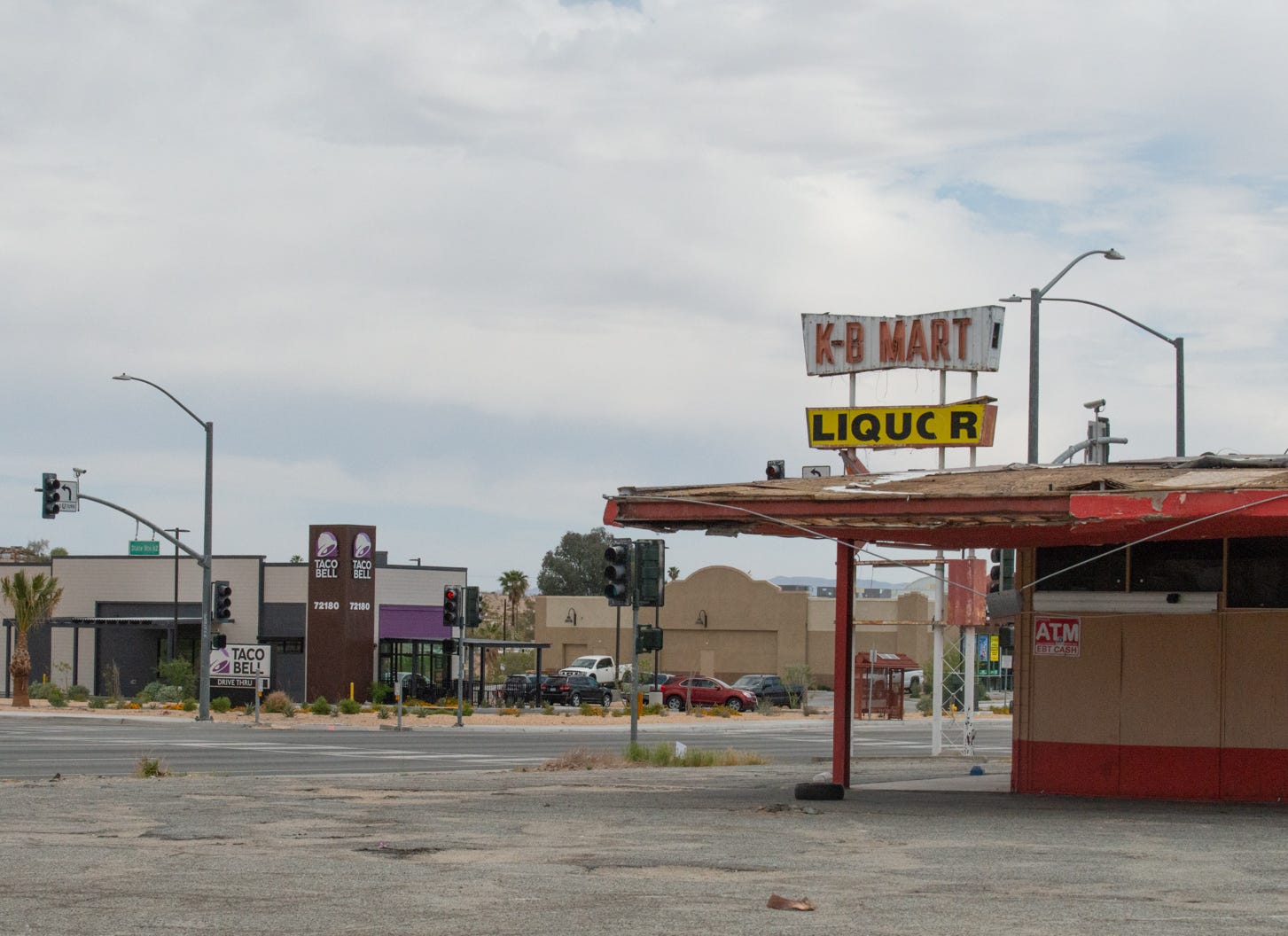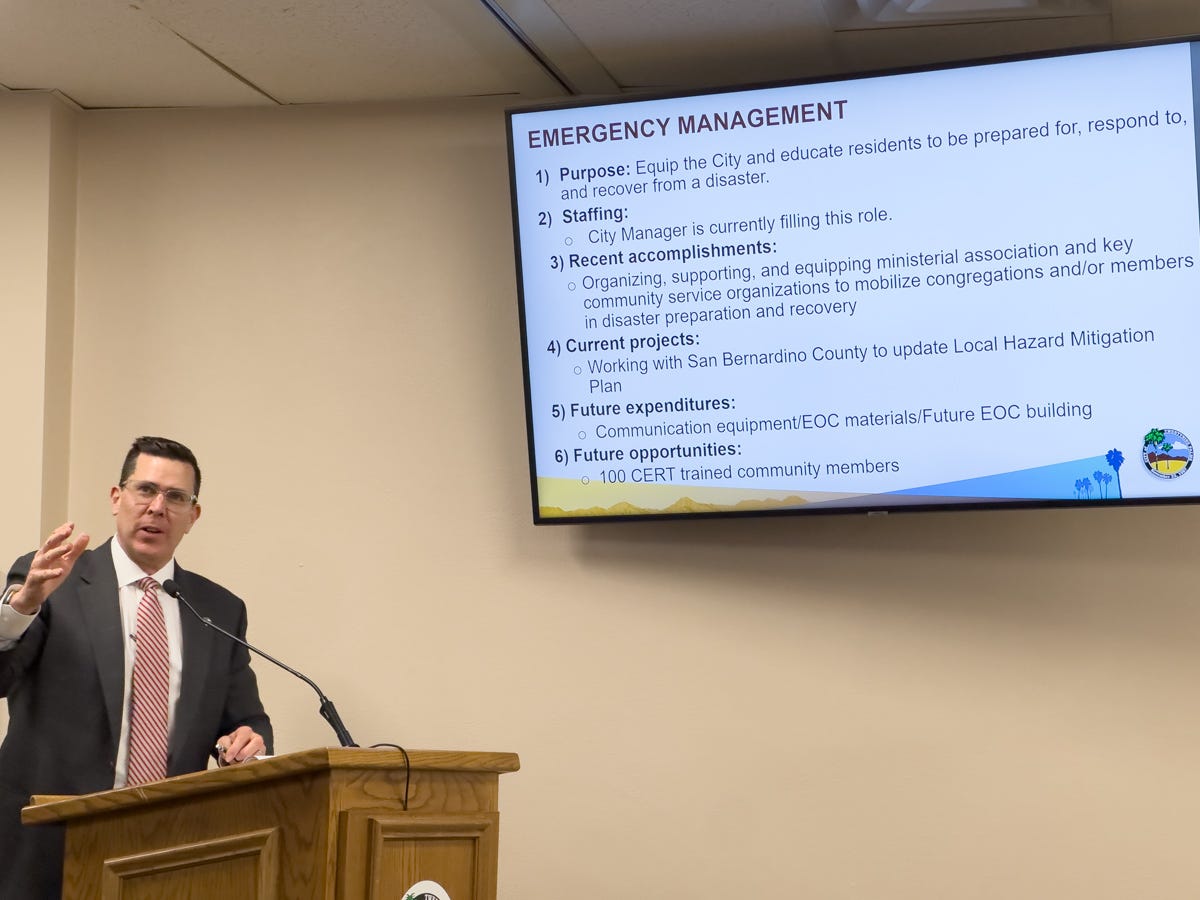Twentynine Palms' Strategic Planning: Many Needs, Little Revenue, Part 2
Community Development and Emergency Management tout accomplishments and make wishes in the second part of our on-going recap of the April 4 session
The public portion of Twentynine Palms’ Strategic Planning kicked off Friday night, April 4, with a four-hour parade of 13 City departments and partners with wish lists of improvements in hand, including $23 million to replace the City’s dilapidated animal shelter. But Finance Director Abigail Hernandez-Conde matter of factly crushed their hopes and the mood of the packed room.
Part 1 of our multi-part coverage featured presentations on Animal Control, the Animal Shelter Design and Upgrade, and the City Clerk.
As we explained in Part 1, the presentations were intended to be five- to seven-minutes long but often went far longer. The depth of information and presentation order was seemingly random, with those at the beginning of the evening discussing services and needs in depth, and those presenting later abbreviating their talks to accommodate an exhausted audience. The reporting below is based on the information supplied.
Desert Trumpet views this session as a great resource. For that reason, we are going to list presenting departments alphabetically instead of following the order of the evening.
While there were several questions and some discussion between Council members, presenters, and residents, no microphone was provided to the public. We’ve done our best to capture those conversations. We are listing the names of the public and Council members commenting, and quoting from selected comments.
Community Development
Presenting: City Manager Stone James on behalf of Community Development Director Keith Gardner, who was called out of town on family business.
Purpose: Community Development is the container for several City functions. Those are:
Building and Safety
Code Enforcement
Economic Development
Engineering
Planning / Permitting
Public Art Advisory Committee (PAAC)(Provides staff member who advises during meetings)
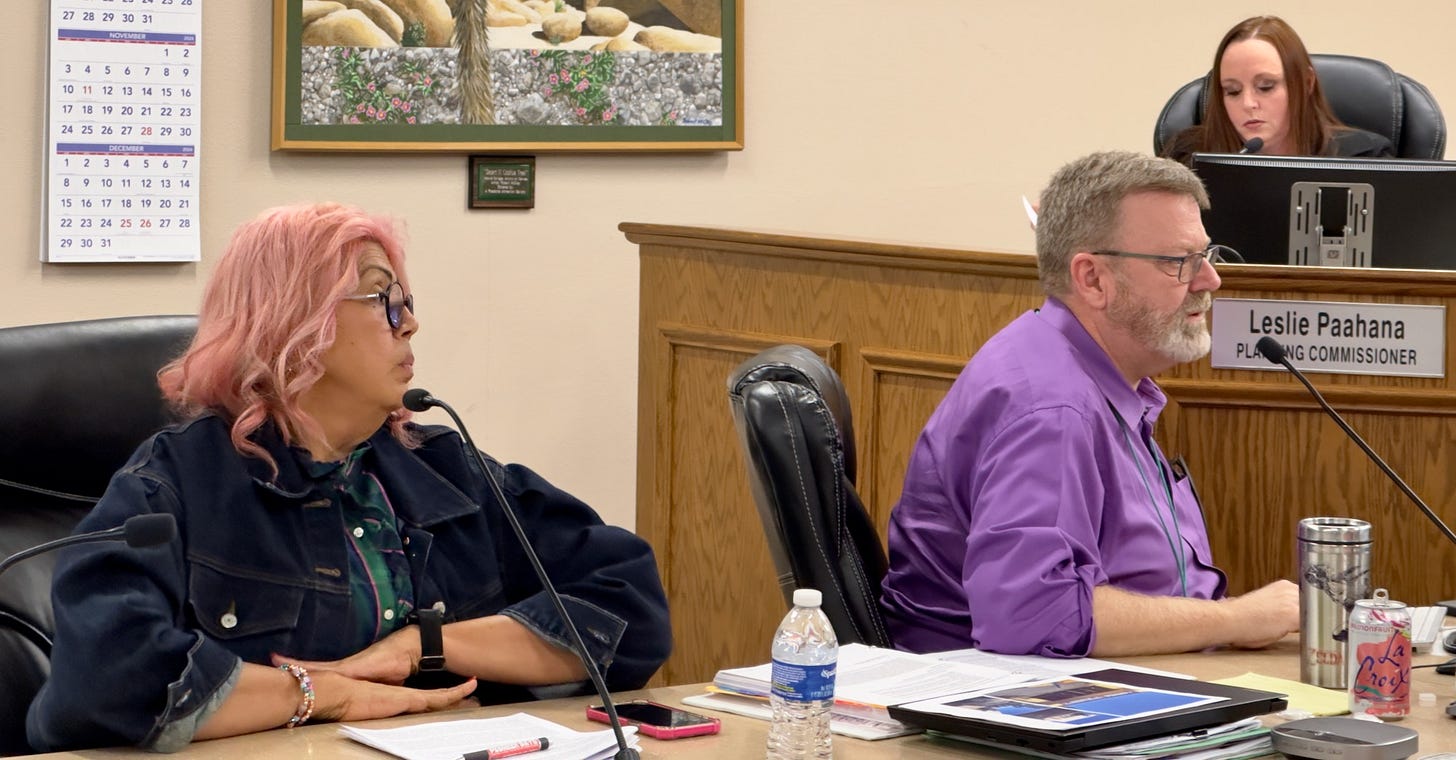
Staffing: In addition to the full-time Community Development Director: Building and Safety, 2 contracted; Code Enforcement 2 full-time; Engineering, 1 contracted; Planning 1 full-time, 1 part-time.
Projects / accomplishments:
Planning is focused on a major revision of the Development Code and will be reviewing the 2012 General Plan including policies and land use designations.
Code Enforcement has cleaned up 15 properties in two years.
Engineering has completed three safety projects paid for with grant funds: a study of crash-prone intersections that lacked signals, using the results of that study to add LED signage to seven intersections, and upgrading El Paseo and 2 Mile using funds from Safe Routes to Schools. In progress are Split Rock Avenue Bridget (since 2014) at $8.26 million; Hatch / Sullivan Bike Path (completion date estimated to be July 2026) at $3.5 million; Cholla Avenue Street Improvement ($300,000) and a City-wide bike path plan ($470,000).
The slide also listed the $100,000 grant received by the PAAC for the Workshop 29 series of events held in 2023.1 The PAAC is currently working on its own strategic plan, an Arts Master Plan. Missing from the presentation, but brought up in comment by LeeAnn Clarke, was the recent refurbishing of the iconic Chuck Caplinger 29! sculpture, an initiative led by former PAAC Chair Anna Stump.
Future opportunities and expenditures:
Planning: General Plan update $1.5 million; explore a software platform for permitting
Costs for Building and Safety are covered through building permit applications (the contracted staff are paid via a percentage of the permits fees, the City manager mentioned 66% in his presentation). Engineering projects are grant dependent.
The PAAC and Community Development Director Gardner have been compiling a list of City-owned artworks, several of which need maintenance; potentially address stagnant $15,000 per year budget (unchanged in 20 years)
Economic Development2: “Pursue an economic development strategy focused on supporting and growing tourism, arts and entertainment and services catering to Base employees.”
Code Enforcement: $125,000 per year (or $5,000 per property) for abatements, theoretically reimbursable through property liens. Increase caseload from three per day to seven; require uniforms
Additionally, per City Manager James, a Code Enforcement overhaul is underway:
We're working on coming up with new systems, new policies for the Code Enforcement department to really get out there and start being more proactive. Historically, it's been reactive…they've been engaged when people file complaints. Now I think that assuming, with Council support, that they're going to have the ability to go out to educate, talk to the community...”Hey, you can't have piles of trash in your front yard. You can't have cars up on blocks in your front yard.” And so this is, I think, something that's really going to change the face of the City. It's this more proactive code enforcement, a more collaborative approach. And maybe even code enforcement is not the right word, but maybe code compliance, because that's ultimately the goal here is to get compliance so that we can start improving the beauty and the houses and the communities within the neighborhood.
Council comment: Octavious Scott
Public Comment: Rita Lilly, Carlos Blandon, Robin Schlosser, Linda Chartier, LeeAnn Clarke, Paul Razo, Joel Klink
Councilmember Octavious Scott has been advocating for the City Council community event grants to be administered by the PAAC as well as for a budget increase. This was echoed by PAAC member Rita Lilly who pointed to studies that show the arts playing a role in economic development,
Cities with very similar demographics to ours have invested in the arts and have had a return of between $1 and $6 for every dollar spent, and also that there are downtown areas that had up to 75% vacancy — when investment went into the arts, those vacancies went down in one city to 5%.
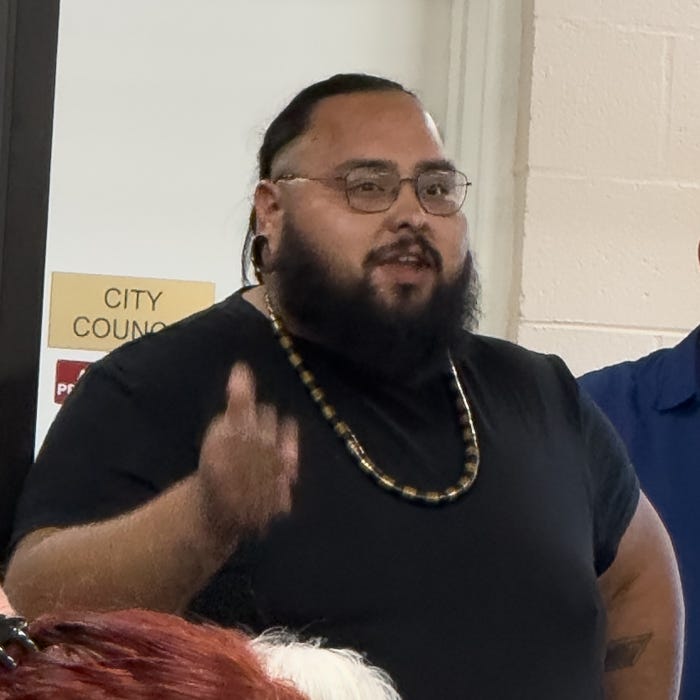
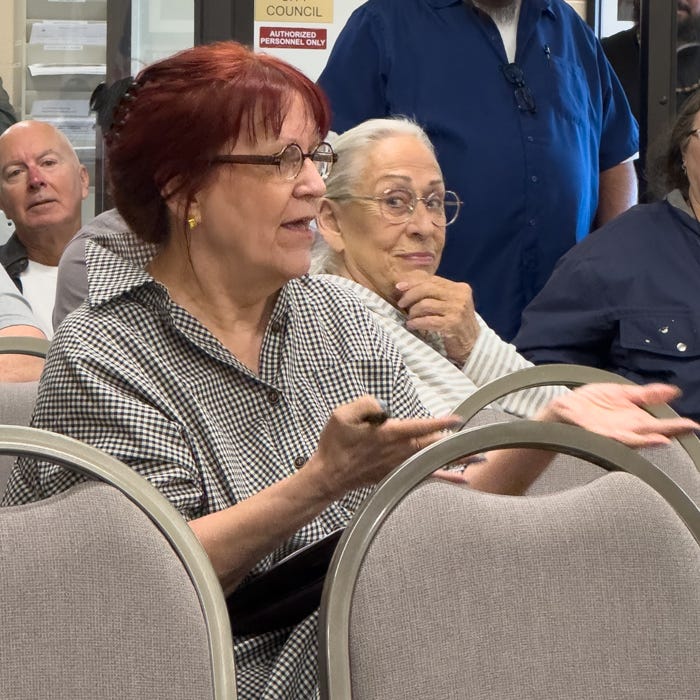
Additionally current PAAC Chair Paul Razo chimed in from the rear of the room:
Huge shout out to working with Keith and working on the arts master plan. We have to bring new art here. We have lots of art that needs repair. We are working on a registry for all artists in the City. And if anyone comes in need of an artist, we can literally say, here's a list of them. How can we help you get in touch? We do quarterly shows at the Visitor Center. We would love to work on beautification around the City, branding for City entities, all of these wonderful departments — what do your logos look like? How can we help you? How can we help you with your letterhead? Often, arts and design get overlooked, but I can promise you, the devil is in the details. Please reach out. Let us know how we can help you. And please help us.
Regarding code enforcement and issues with trash accumulation, Carlos Blandon sought clarification on trash and large item disposal and engaged in a conversation with staff member Eli Marshall regarding Burrtec services for single family homes versus apartment complexes.
Desert Trumpet take-away: It’s unfortunate that the functions / departments collected under Economic Development weren’t given the opportunity to present — it might have been useful to hear directly from Code Enforcement and the PAAC, for instance. Although PAAC Chair Paul Razo spoke, it was from the rear of the room in public comment, not as a scheduled presenter. When Code Enforcement Officers Chris Giunta and Vanessa Cabrera have been given the opportunity to speak, they’ve described helping residents find solutions. However, we are glad to see public education on city codes become a potential policy for code enforcement.
Overall, Economic Development Director Keith Gardner has been attempting to shift his department from the City’s usual passive and reactive approach toward a more proactive position—his review of the development code is a step in this direction. Readers of the Desert Trumpet are aware that we’ve been advocating for opening up the General Plan for some time as pressures on City development have evolved since 2012 and have accelerated since the pandemic. Instead of out-of-town developers driving zoning changes, we need a General Plan that works for everyone.
Emergency Management
Presenting: City Manager Stone James
Purpose: Equip the City and educate residents to be prepared for, respond to, and recover from a disaster
Staffing: Per City Manager James, he stepped into the role at the request of Eli Marshall, who was holding four City positions at the time.
Projects / accomplishments: Working with San Bernardino County on updating the Local Hazard Mitigation Plan; organizing the Ministerial Association and key community service organizations to mobilize congregations / members for disaster preparation and recovery.
Future needs: Emergency Operations Center (EOC) including communications equipment and building. The current EOC is in City Hall, which is unreinforced masonry.
Council comment: Octavious Scott
Public Comment: Matt Shragge, Mary Jane Binge, Carlos Blandon
Twentynine Palms Water District General Manager Matt Shragge spoke to the need to “buy in” on emergency management:
We have to have buy in on emergency management, because when it hits us, we're all going to need to be here for each other. We, as the Water District and as City employees — we are emergency workers — where we have to make sure our families are taken care of, and we need to check into work. If we can't get to work, we're supposed to check into the nearest local government…I always try to give the Board of Directors the credit for continuing to allow us to have our local hazard mitigation plan — just got approved last year through FEMA, so we've got an approved plan. But also an emergency response plan, understanding what an EOC does, understanding how you have different departments, understanding that your Board or your Council is only there to shake their heads and stay out of their operations.
Desert Trumpet take-away: An emergency response plan was number 10 on the 2023 “Top 10'“ strategic planning goals, which we recapped in March. Per City Manager James’ comments at Saturday’s Strategic Planning session, “the efforts on that have been paused.”
City Manager James spoke about partnering with San Bernardino County to update the City’s 2021 Hazard Mitigation Plan. What’s the difference between hazard mitigation and emergency response? Hazard mitigation is the process of identifying areas that might be impacted and taking steps to offset those potential impacts. Emergency response plans generally have five elements: prevention, mitigation, preparedness, response and recovery. Instead of the City handling these tasks, they appear to be dividing elements up between San Bernardino County and City residents, churches and service organizations, by encouraging residents to participate in Community Emergency Response Team (CERT) training.
It went unmentioned in the presentation but some of the functions of an Emergency Operations Center, listed under needs, were to be included in the version of the Climate Resilience Center as it was originally proposed by Women of Color Global 29 (WOC). The grant was submitted with Community Learning Equipping Project (CLEP) as the lead after WOC pulled out. We are unclear if the City has been notified of the fate of this Environmental Protection Agency grant, which may have been eliminated by DOGE and President Trump.


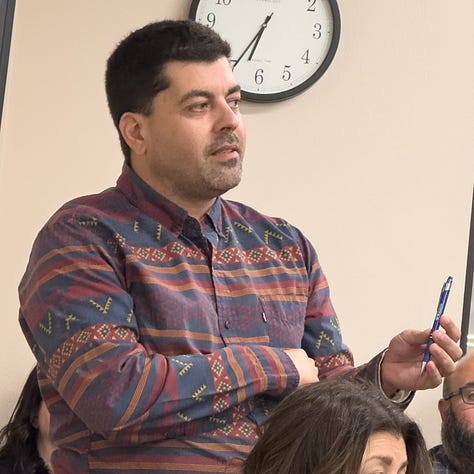
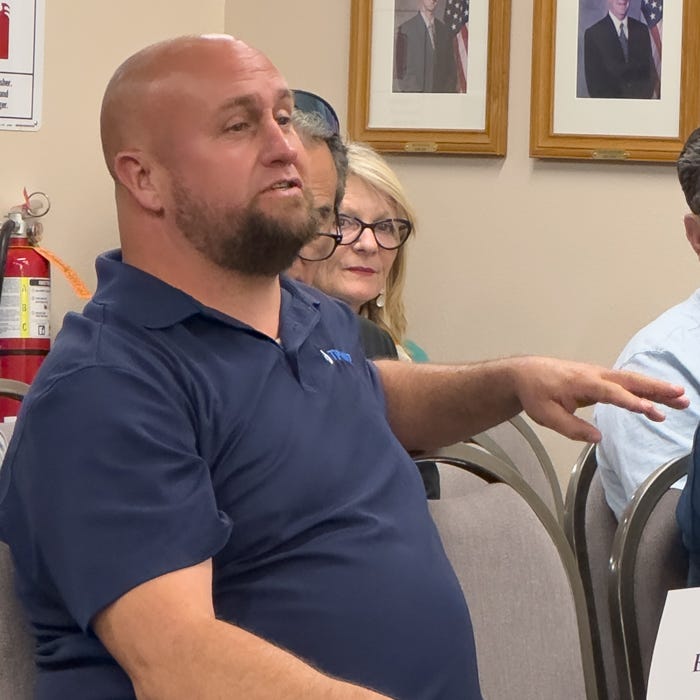
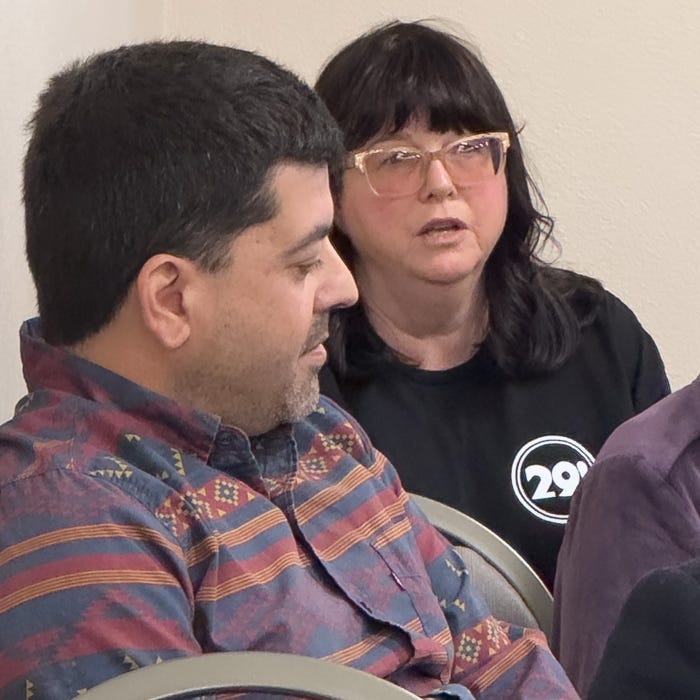
Coming up over the next several days — reports from Finance, the Fire Department, Human Resources / Risk Management, Information Services, Parks and Recreation, Public Works, the Sheriff Department, Solid Waste & Recycling and the Tourism Business Improvement District (TBID).
Leave your thoughts in the comments below. Please note that we do not allow anonymous comments. Please be sure your first and last name is on your profile prior to commenting. Anonymous comments will be deleted.
Feel free to share this article!
We have reached our goal of $5,000 in paid subscriptions! We are very grateful for support from our community. We know that many communities in the Morongo Basin are economically disadvantaged, so our coverage will always be free. However, if you have the means to support our work, we always appreciate upgrades to a paid subscription. Your upgrade helps keep subscriptions free for those who cannot afford to donate.
Note: Your subscription/donation will be listed as AHA Projects, the name of our fiscal receiver, on your statement.
Community Development Director Keith Gardner is the staff member for the PAAC. However, the California Creative Corps grant was identified by and written by the members of the PAAC. I was Chair of the PAAC at that time (2023) and participated in the identifying the opportunity and writing the grant.
Per an email with Community Development Director Gardner asking if there is a formal Economic Development Department, “There is no formal Economic Development Department. Stone and I unofficially serve in that capacity.”


